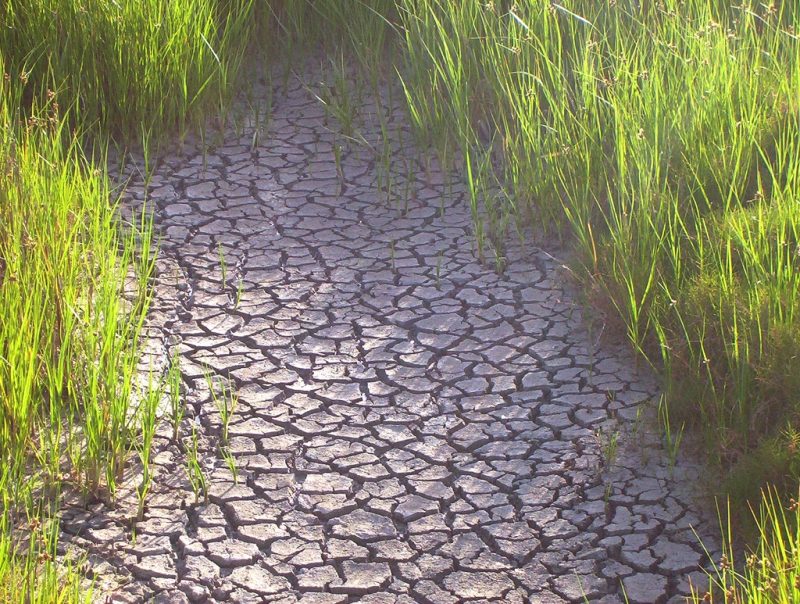New study aims to get answers on 'green growth'

The problematic question of ‘green growth’ is on the agenda for a new study of the world economy and environment being carried out at Anglia Ruskin University in the UK. The project revisits the issues raised by the classic 1972 ‘Limits to Growth’ book – but this time with more information, better computing power, and more understanding of some of the scientific questions involved.
The 1972 authors developed a computer model of the relationship between key variables in the world system, ranging from the economy to the environment, resources, food supply, and population. Running several different scenarios on the basis of different assumptions, they came to the conclusion that existing ‘business as usual ‘ trajectories would lead eventually to ecological and economic collapse in the first half of the 21st Century.
The study provoked a great deal of debate, some of it based on misrepresenting what the authors said and ignoring the fact that they presented several scenarios and not just the initial and simplest one. However there were some problems about the study. Three in particular stand out now, more than 40 years later:
- It was a global study, making no attempt to look beyond world totals and averages to consider different impacts in different parts of the world, and the wars, conflicts, and international relations problems those might provoke.
- The science of climate change was poorly developed at the time. ‘Limits to Growth’ operated with a vague generalised concept of ‘pollution’.
- ‘Limits to Growth’ emphasised dependence on metals, fuels, and other resources in terms of a tendency for them to be depleted and run out, rather than in terms of scarcity driving price increases which would enable the resource to last for longer, though at lower rates of consumption.
There was also a tendency to treat GDP and its growth or lack of growth as a relatively simple concept. The ‘green growth’ question wasn’t asked: is there any composition of world GDP such that growth could be sustainable? If so, what would that look like? And if there isn’t, we had better give up on the idea of ‘green growth’ altogether and concentrate on trying to manage or at least cope with a no-growth future.
The new study, being carried out by the Global Sustainability Institute (GSI), based in Cambridge, England, at Anglia Ruskin University, is addressing each of these problems with ‘Limits to Growth’, as well as returning to the basic issue of the world economy’s dependence on environment and resources, which was fundamental to the 1972 study.
GSI’s work is using ‘agent-based modelling’ to examine the impact of global trends on individual countries and the relationships between them. It is incorporating the latest data on climate change and the other planetary boundaries. It is also attempting to develop a more sophisticated model of the relationship between resource use, scarcity, commodity prices, and their impacts on the overall economy.
The new study is aiming to produce four main outputs: a ‘most likely’ scenario; a series of additional scenarios exploring the implications of a range of ‘wild card’ unlikely but possible events; a ‘green growth’ scenario (or a statement of why that is impossible); and a computer interface enabling readers and users to model the effects of policy or other changes they can suggest for themselves, e.g. what would happen if everyone became vegetarian or if there was no problem about carbon emissions?
The focus of the study is on 2020. Obviously most of the trends being considered are much more long-term than that, but the purpose of a relatively near-term focus is to encourage thinking about policy changes which could be introduced by current policy-makers in the next few years. This is to try to get away from the tendency to endlessly postpone discussion of these issues until after some immediate crisis, election, party manoeuvring, etc, is out of the way, the problem being that then the next one comes along, so that politicians almost never get on to considering the major key trends that societies need to address.
Victor Anderson, Global Sustainability Institute


